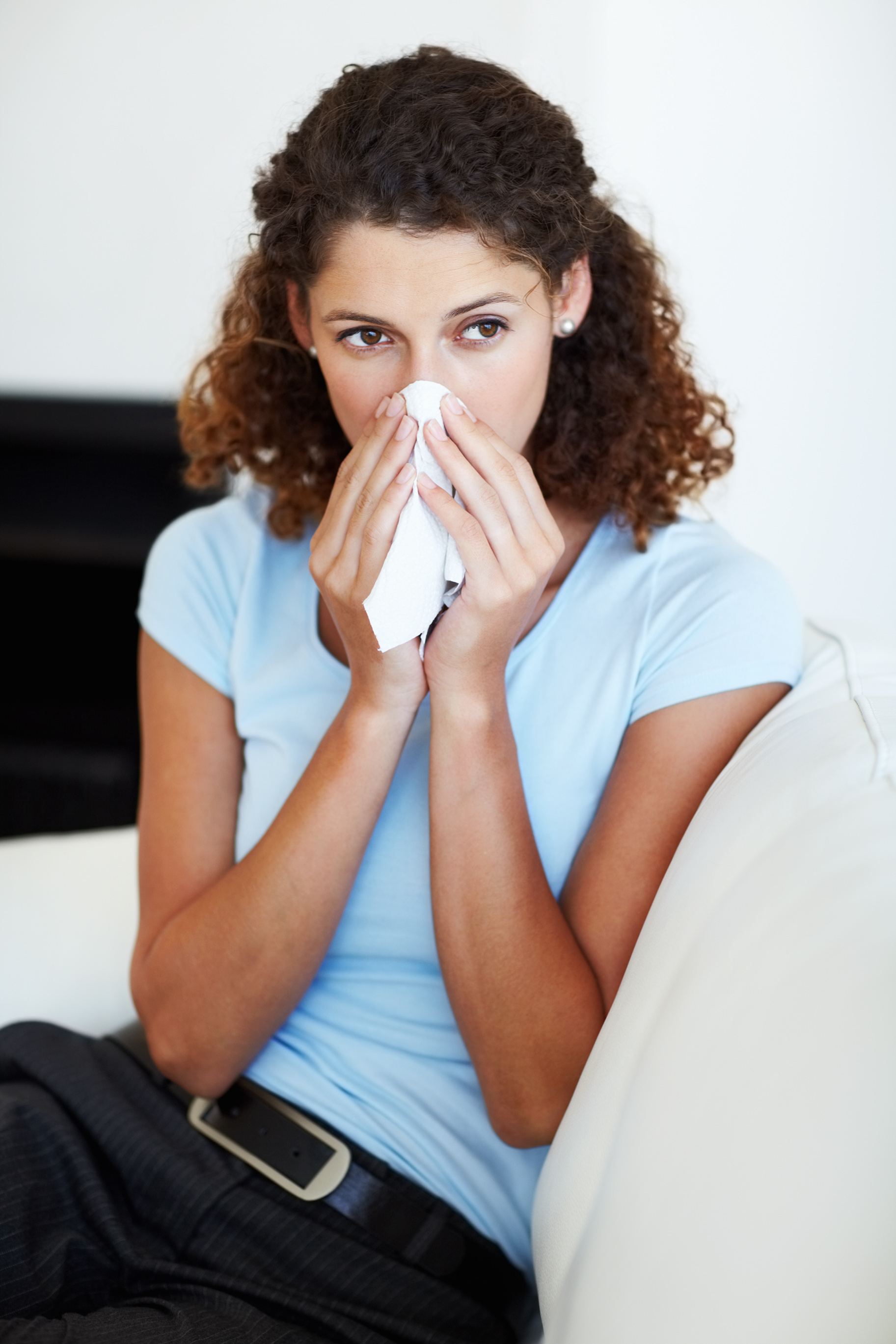Living with allergies

In the midst of an allergic reaction, it can feel like your body is at war with itself. Common symptoms include itchy skin, streaming eyes and nose, painful swellings and a hacking cough. And while some allergic reactions can be fatal, the growing phenomenon of mild-to-moderate conditions has been blamed on our increasingly germ-free lifestyles.
Reduced exposure to naturally occurring bacteria and bugs can stop the human immune system developing resistance to other strains, especially when we’re young. That’s why children raised on farms rarely suffer from hayfever, and growing up around animals reduces the risk of developing a pet allergy in later life.
Dust to Dust
Along with hayfever-triggering grass or tree pollen, dust is the most common substance we develop allergic reactions to in the UK. It’s usually caused by microscopic dust mites, who make a rather unwholesome living consuming skin cells, hair follicles and other organic matter such as soil particles and clothing fibres.
Dust mites make their home in fabrics and soft surfaces where dust naturally accumulates over time, including pillows, carpets and cushions. Once the quantity of mites reaches a tipping point, the usual allergic triggers begin to manifest in people with dust allergies. Symptoms often include reduced nasal capacity and streaming eyes, as our bodies try to prevent these unwelcome intruders from making their way in.
Fortunately, while antihistamines provide the only medicinal protection against the assault of dust mites, there are lots of things you can do to keep your home dust-free:
- Install hard floors. Carpets absorb dust particles, and it can be hard to extract them from thicker or denser weaves. Conversely, a wood or laminate floor gives dust no place to hide. The same is true of vinyl flooring and tiles, though these are best suited to bathrooms and kitchens. Bedrooms should always have solid floors rather than carpets, and try to avoid buying bedside rugs unless you can wash them regularly.
- Leave windows open. Encourage airflow from one end of the property to the other by opening windows at opposite sides of the house. Fresh air reduces the prevalence of airborne irritants, reducing the amount of effort needed to clean. Bear in mind furniture polish can only relocate dust within a closed airspace, rather than remove it.
- Regularly clean behind freestanding furnishings. Bedsteads, sideboards and drawer units are notorious for accumulating tumbleweed balls of dust and hair behind them. Move large furnishings a foot away from the wall and vacuum behind them every few weeks, running a damp cloth over skirting boards to pick up suspended debris.
- Prioritise your bed. Many people find their symptoms worsen at night, as beds are a dust mite’s favourite hangout. Invest in hypoallergenic pillows and protectors, along with a mattress topper. Change bedding weekly and vacuum the mattress and pillows monthly to draw out mites. Never drop cushions or blankets on the carpet and then put them back on the bed, as this can transfer even more mites into the quilt and pillows.
- Invest in technology. A rotating fan might blow dust through an open window, but a more targeted approach involves an air purifier. HEPA filters are especially effective at removing dust from the air. Invest in a high-suction vacuum cleaner, some of which specialise in shifting pet hair or dust. Less powerful devices could simply scatter dust around rather than trapping it, allowing it to re-settle later on horizontal surfaces.





